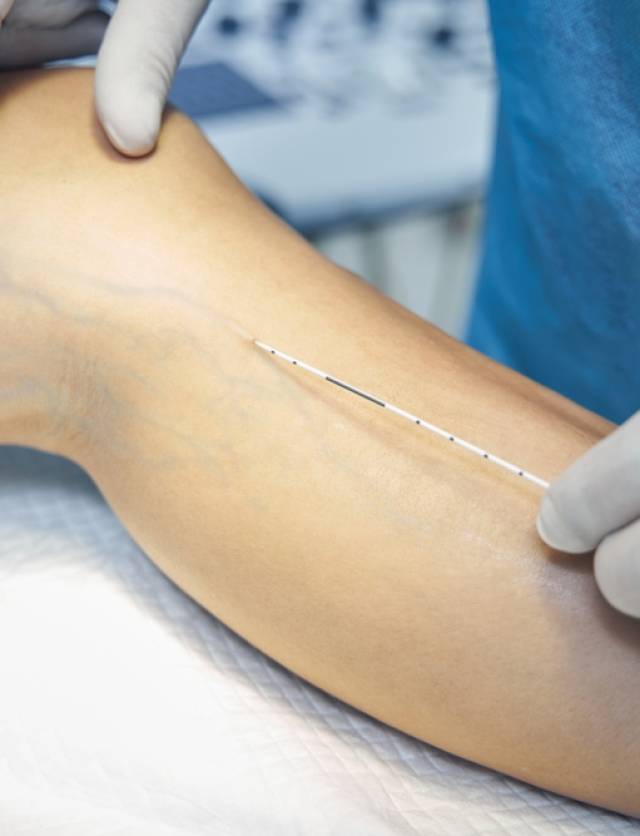Varicose Treatments
Varicose Vein Treatment & Prevention
Varicose veins are a widespread vascular condition, but with the right lifestyle choices, they can often be prevented or managed. At Cellara Pain Institute, we emphasize the importance of proactive care. Here are six key tips our experts recommend to help prevent the development or worsening of varicose veins:
Avoid Long Periods of Inactivity
Refrain from standing or sitting for too long without moving. When resting, elevate your legs to support healthy circulation, and avoid crossing your legs while seated.Stay Active
Regular movement and exercise help strengthen your leg muscles and promote better blood flow, reducing venous pressure.Maintain a Healthy Weight
Shedding excess weight eases the strain on your veins and can significantly enhance circulation.Choose Comfortable Clothing
Avoid tight garments around the waist, groin, or legs, as they can restrict blood flow and contribute to vein issues.Minimize High Heel Use
Wearing flat or low-heeled shoes more often can lessen leg strain and improve venous return.Use Compression Stockings If Advised
These specially designed garments apply gentle pressure to the legs, helping to prevent blood from pooling and reducing swelling.

Understanding Varicose Veins: Anatomy and Causes
Varicose veins occur when vein walls become weakened and stretched, disrupting the proper function of one-way valves that control blood flow. As a result, blood may flow backward and collect in the veins, leading to visible bulging and swelling. In some cases, perforator veins—which connect deeper veins to surface veins—can worsen the condition and lead to complications such as skin ulcers, a condition known as Superficial Venous Reflux Disease.
Several factors can increase your risk of developing varicose veins, including a family history, obesity, smoking, and a lack of physical activity. Jobs that require long periods of sitting or standing can also contribute. Additionally, aging and hormonal changes, particularly during pregnancy, make women more prone to varicose veins.
Diagnosis and Treatment Options for Varicose Veins
To diagnose varicose veins, your doctor will perform a physical exam and may recommend a diagnostic ultrasound to evaluate vein function and check for blood clots. Treatment options include:
Sclerotherapy: A saline solution is injected into the affected vein, causing it to gradually dissolve over the course of several weeks.
Endovenous Laser Ablation (EVLT): A laser fiber is inserted into the vein, where laser energy is used to collapse and seal the vein shut.
Radiofrequency Ablation: A catheter is threaded into the vein to deliver radiofrequency energy, heating the vein, causing it to collapse and seal.
Prevention and Management of Varicose Veins
While varicose veins cannot always be prevented, their progression can be minimized, and the risk of developing new veins can be reduced. Lifestyle adjustments such as maintaining a healthy weight, staying physically active, avoiding prolonged sitting or standing, and wearing compression stockings can help manage symptoms and prevent complications. Seeking prompt treatment can also prevent serious issues and enhance overall leg health. At Cellara Pain Institute, our specialists provide safe and effective treatments to improve the appearance of your legs and prevent long-term health concerns related to varicose veins. Contact us at 973-377-6700 for a quick consultation and to explore your treatment options.
